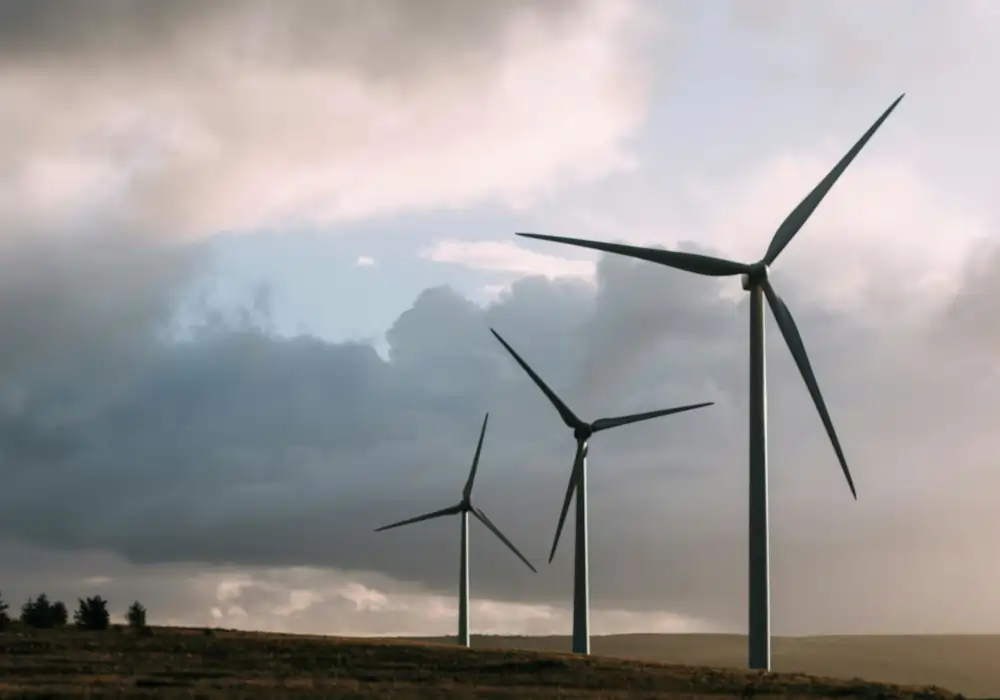Why Do Wind Turbines Have Three Blades?
We all seen wind turbines in our life. A wind turbine is used to converts the kinetic energy of wind into electrical energy. A wind turbine turns wind energy into electricity using the aerodynamic force from the rotor blades, which work like an airplane wing or helicopter rotor blade.
But, have you ever looked at a wind turbine and wondered why almost all of them have three blades? This is the fascinating question right!
The reason behind is, it’s design choice that combines engineering principles, efficiency, or a cost-effectiveness.
The main reason wind turbines have three blades is due to aerodynamics. Three blades provide a balance between efficiency and stability. They capture wind energy effectively while maintaining a smooth and stable rotation of blades. With the three blades, the rotor is aerodynamically balanced, which minimizes vibrations and noise.
Early traditional wind turbines had different numbers of blades, but three-blade designs consistently performed the best in terms of efficiency, durability, and noise reduction.
The Science Behind Wind Turbines:
To understand why wind turbines, have three blades, it’s essential to grasp the basic principles of how they work. Wind turbines convert kinetic energy from the wind into mechanical energy, which is then transformed into electrical energy through a generator.
The majority of the world’s wind turbines have three blades because they are more balanced.
If we used single blade wind turbine, a single blade wind turbine would need a counter-balance and therefore be impractical and inefficient and it isn’t balanced on the rotor as it spins.
While using two-blade wind turbines suffer from a phenomenon called ‘gyroscopic precession’, which could cause wobbling, especially as it turns to face the wind that will causing wear and tear, impacting wind farm durability and even safety.
Typically using three blade turbines is best when considering number of factors. The Three blades ensure mechanical balance, the rotor experiences less mechanical stress and torque fluctuations compared to a rotor.
While adding more blades increases the cost and complexity of the wind turbine and the cost of transportation. Each additional blade adds amount of weight and requires stronger, more expensive materials to maintain the structural of wind turbine.
The three-blade design became popular throughout the years of experimentation, design and development of wind turbines.
So, there you have it!
The three-blade design of wind turbines is a result of meticulous engineering, aerodynamic principles, and practical considerations. Wind turbines have three blades because it offers the best balance of aerodynamic efficiency, mechanical balance, durability, noise reduction and cost-effectiveness.
As we continue to harness the power of wind to meet our energy needs, the three-blade wind turbine stands as an innovation in the field of renewable energy.





